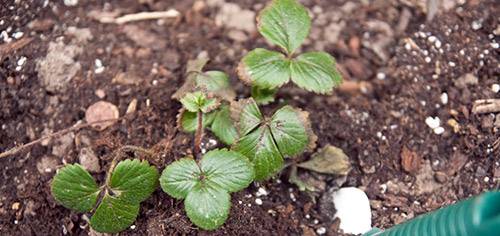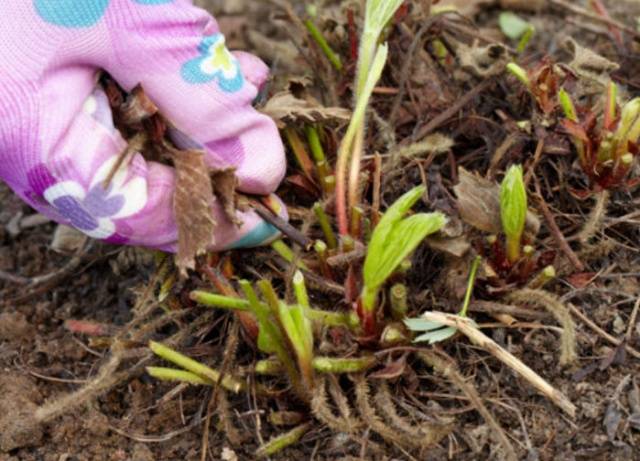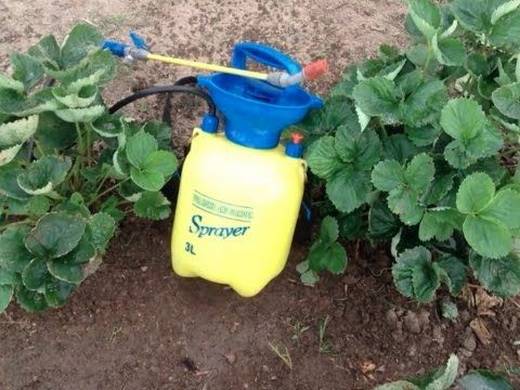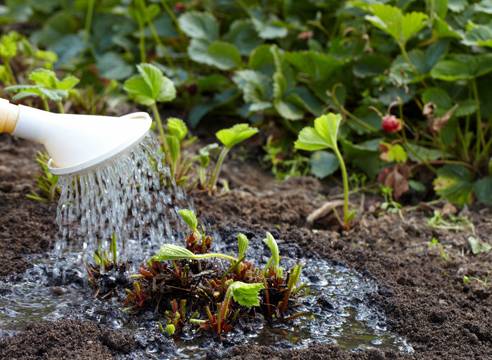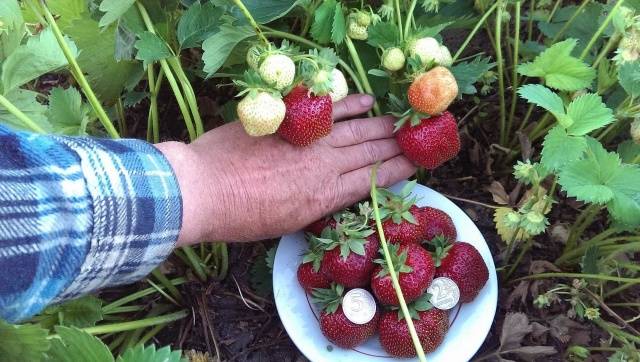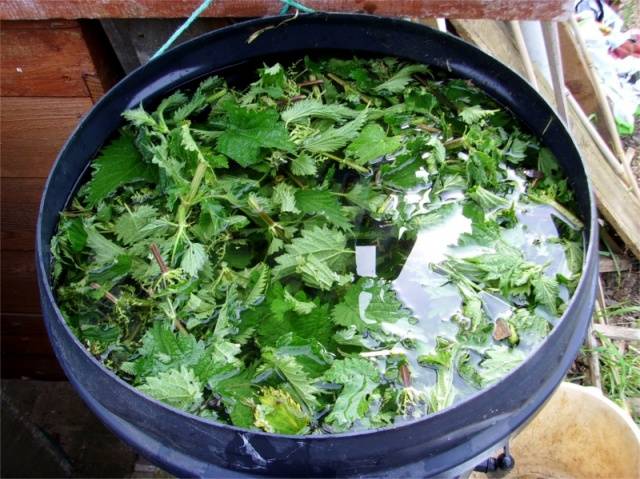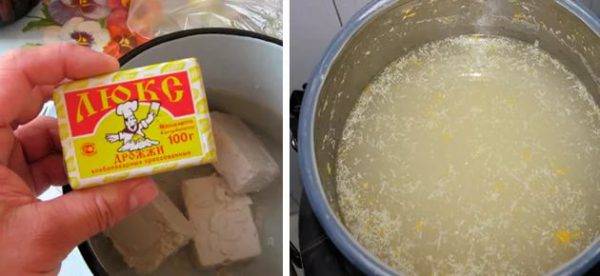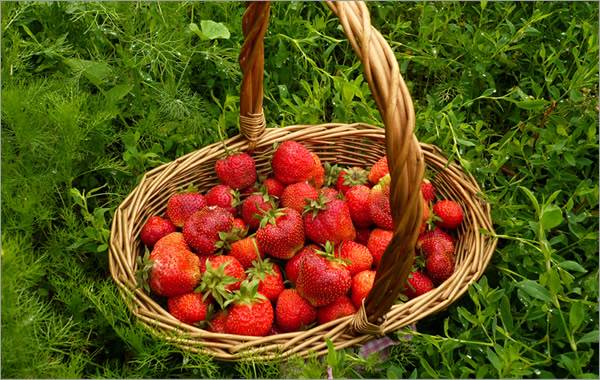Content
Growing tasty and flavorful strawberries in your garden is not easy. Some varieties require special care. Without it, the strawberries will grow small, and the bushes themselves will not grow well. Such a capricious berry requires careful and proper care, which includes regular watering, loosening the soil, removing weeds and feeding. In this article we will talk specifically about feeding. Or, more precisely, about how feeding strawberries in the spring.
Strawberry care
Strawberry care begins as soon as the snow melts. The first step is to remove shelters from closed beds. Strawberry bed must be completely free of last year's plants. The bushes themselves should also be cleaned by removing all dried leaves, mustaches and peduncles. It is necessary to remove dead plants from the garden, if any. In place of such bushes, you can plant young seedlings. This should be done in early spring so that the seedlings have time to get accustomed to the onset of heat. In addition, light loosening of the soil around the bushes is carried out. It should be remembered that the delicate roots of strawberries are very easy to touch. Only the top layer of soil needs to be loosened. Then the soil is mulched or the old mulch is renewed.
At this stage, the plants are processed from pests and various diseases. Funds for this can be purchased in specialized stores. Bordeaux liquid is perfect, as well as various copper-based preparations. Repeat the procedure if necessary.
Clearly about how to properly handle the bushes and care for strawberries spring, can be seen in the video below.
The importance of spring feeding
Spring feeding of strawberries is very important for a good harvest. The nutrients help the strawberries grow and form buds. It is very important not to overdo it when applying additional food, this can negatively affect the development of the bush. An excess of fertilizer will stimulate too active growth of the bush itself, but will prevent the plant from forming ovaries and fruits.
Foliar dressing
Feeding strawberries in early spring involves not only fertilizing the root system of the plant, but also the bush itself. It is customary to spray strawberries with solutions of nitrogen fertilizers, as well as organic substances. Foliar dressing promotes good growth and ovary formation. By spraying, nutrients are absorbed directly into the leaves. It is necessary to make such a top dressing in the evening. It is important that the weather is dry and calm.
For these purposes, you can also use special combined fertilizers. They include the following elements:
- phosphorus;
- nitrogen;
- potassium;
- magnesium;
- copper;
- iron;
- manganese;
- boron
The first four elements act and are absorbed by plants much faster, while the rest are slightly slower. Because of this, you need to spray the bushes very carefully so that the fertilizer is distributed throughout the bush. Often in spring to increase yields strawberries are fed with urea, which has another name - urea.The high nitrogen content of this fertilizer allows you to grow strong and healthy bushes.
How to feed strawberries in spring
Many gardeners and gardeners are wondering how to feed strawberries in the spring to get a good harvest. Some say that there is nothing better than organic fertilizers, others prefer mineral mixtures. It is necessary to figure out what effect both of them have in order to determine the best way to feed your strawberries.
Mineral fertilizers have good efficiency. However, these are chemicals and misusing them can have bad consequences. Mineral complexes should be used with great care. During feeding, you must follow the instructions exactly. Overdoses of mineral fertilizers will not give the best results, but, on the contrary, can harm the plants.
Organic fertilizers also have their pros and cons. They may not have such a strong effect on fruit size, but they are completely natural and will not harm human health. Organic matter such as cow dung and poultry manure can be applied to the soil in large quantities. Plants will not absorb more nutrients from them than they need. It is also good to use wood ash to fertilize strawberries. She is used for both root and foliar feeding. Extracts are prepared from it, which have a positive effect on the development of the bushes.
Iodine as fertilizer for strawberries
To feed strawberries with iodine, you will need 2 drugs:
- potassium iodide;
- potassium permanganate.
Feeding with a solution based on these substances helps to get rid of pests and some diseases. Iodine actively fights gray mold and the appearance of spots on plant leaves. In addition, such a solution is able to saturate strawberries in early spring with the necessary microelements. To prepare an iodine-based nutritional formula, you must mix one tablespoon of iodine, potassium permanganate on the tip of a knife and 10 liters of water in one container. Use the prepared mixture for watering the strawberries.
Attention! Before feeding strawberries with iodine, it is advisable to sprinkle the bushes with ash.
Spring strawberry care and boric acid feeding
Before you start feeding strawberries with boric acid, you need to prepare the beds. The first step is to loosen the soil with a garden pitchfork to a depth of about 10 cm. In order not to trample the strawberries during the procedure, it is advised to sprinkle the aisles with straw or leaves.
After that, you can water the plants with a special nutritious herbal infusion. To prepare it, you need to collect the nettle and prepare a large container. It should be filled by a third with nettles, and then pour water along the edge. In this form, the fertilizer should be infused for 2 or 3 days. The container with the infusion can be left directly in the yard or placed in the greenhouse. You do not need to dilute the mixture. Thoroughly water each bush with a nutritious infusion.
Now you can start feeding strawberries with a boric acid solution. This mixture is prepared very simply. 10 grams of boric acid are dissolved in 30 liters of water. Plants are watered with the solution at the rate of 1–1.5 liters per one bush.
Boric acid helps strawberries to form ovaries, so such fertilization is essential for a generous harvest. It is necessary to carry out feeding with this solution before flowering... Then the plants are sprayed with pests and diseases.
Top dressing of bushes with folk remedies
As a fertilizer for strawberries in the spring, various folk methods are used to increase yields. For example, many gardeners prefer nettle infusion, the preparation of which was mentioned above. This fertilizer contains a sufficient amount of nutrients. They make the plant healthier and stronger.
The infusion recipe described above does not need to be diluted. Now we will learn how to prepare a more concentrated mixture. These methods are equally good for strawberries, but the second allows you to feed more bushes. To do this, you need to collect young nettles without formed seeds. It is filled with a prepared container to the very edges. Then the nettle is poured with water.
The infusion is left in a sunny place. It should ferment for 2 weeks. The mixture should be stirred every day. The finished infusion should foam well and emit a pronounced unpleasant odor. Now you can strain it and start feeding the plants directly.
Before this, the infusion must be diluted with water, for 1 liter of the fermented mixture, 10 liters of settled water will be needed. To fertilize one strawberry bush, you should take at least a liter of the nutrient mixture.
Feeding with yeast to increase yields
This method of feeding strawberries has become popular not so long ago. However, the results of using yeast are simply amazing. It is most useful to apply this fertilizer in the spring to strengthen the plants during vegetative period... Further, strawberries are fed with yeast during the fruiting period and in the fall after harvest.
Both dry yeast and regular yeast are suitable for making the nutritional formula. It is also necessary to prepare an ordinary plastic two-liter bottle, it is very convenient to prepare yeast starter in it. The whole cooking process is as follows:
- 100 grams of dry yeast should be diluted in 2 liters of ordinary warm water with the addition of 2 tablespoons of granulated sugar.
- Close the bottle tightly with a lid and shake to mix the components well.
- To prepare a mixture from ordinary yeast, you should take 2.5 liters of water per 0.5 kg of the yeast itself.
- After the yeast has dissolved, pour the solution into a bucket and add another 8 liters of water. Thus, we get 10 liters of fertilizer. It is left to infuse for 3 hours.
- Then the prepared solution is poured into a 200 liter barrel and water is added.
- If you do not need such a large amount of fertilizer at once, you can leave the solution in a bucket, and dilute it in parts each time, if necessary. In this case, a ten-liter container will need half a liter of infusion.
- For watering 1 strawberry bush, take 0.5 liters of the finished solution.
Conclusion
The above recommendations clearly show how to fertilize strawberries in spring. Of course, you don't need to apply all of the above methods. Each gardener must choose for himself the best way to feed his strawberry bushes. Today there is a huge assortment of remedies against various diseases and pests. So what to say specifically what handle strawberries it will be hard. The plants themselves will tell you which remedy is best for them. Feed your strawberries only with proven means and listen to the advice of experienced gardeners. Thus, you will only increase the yield.
